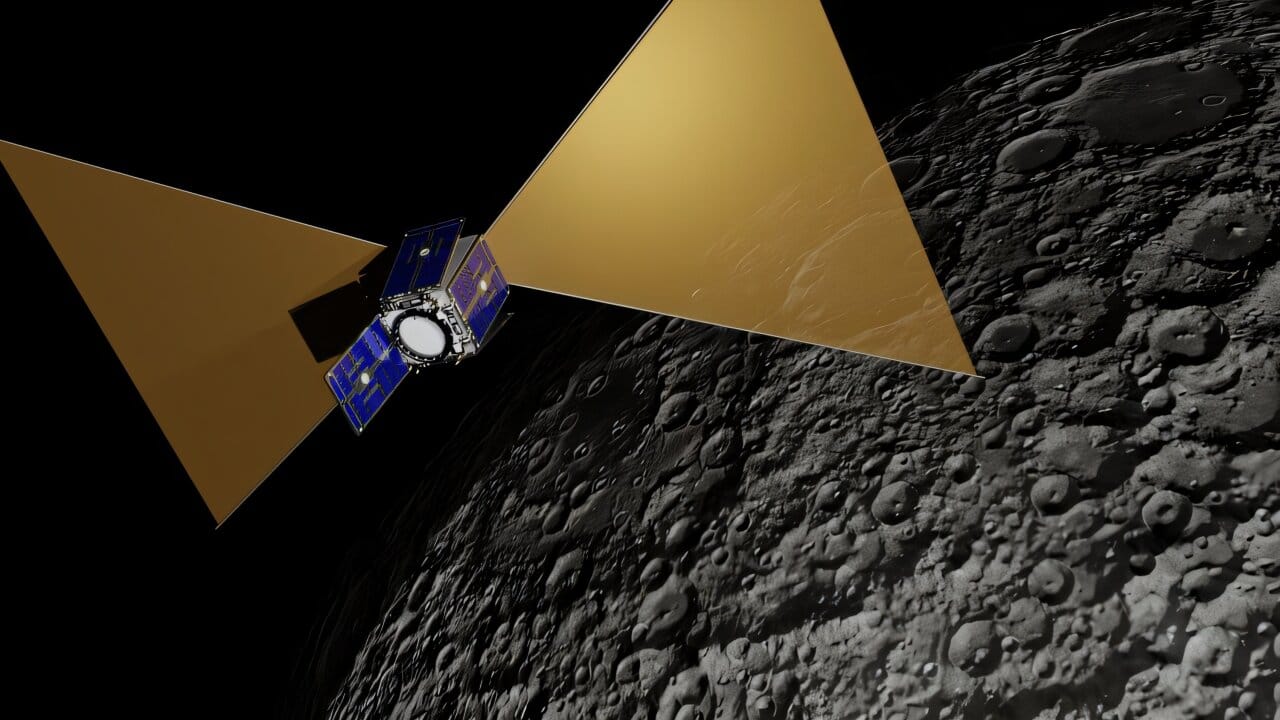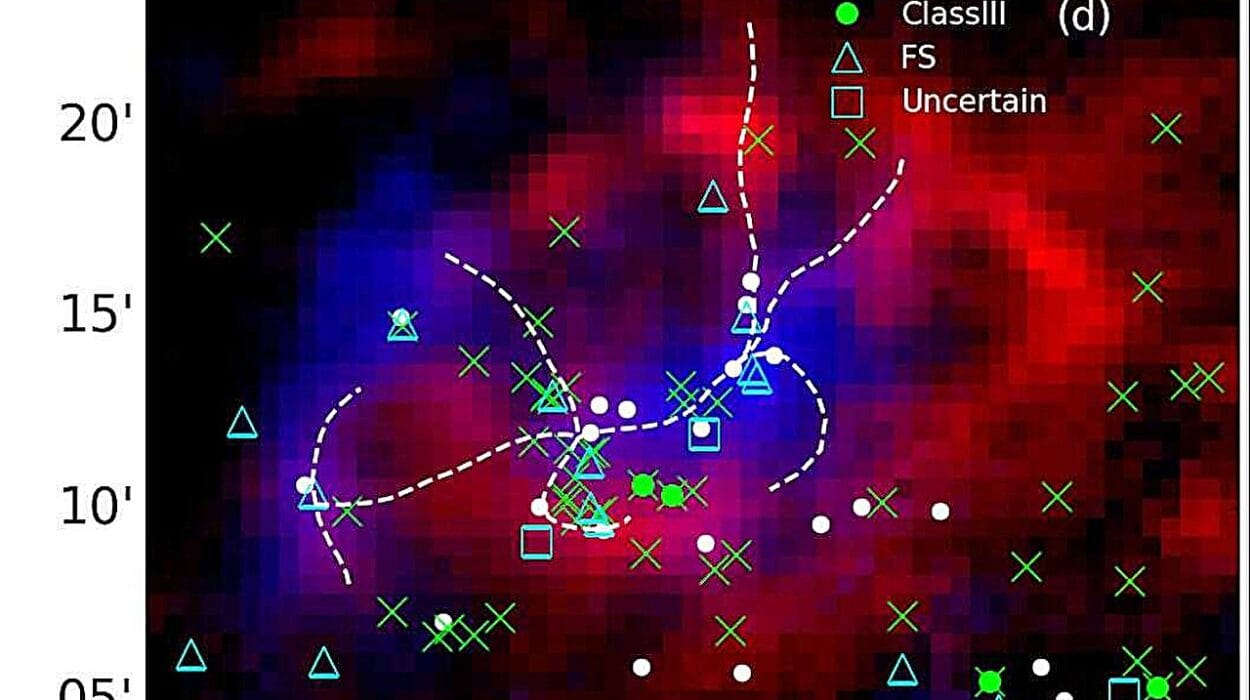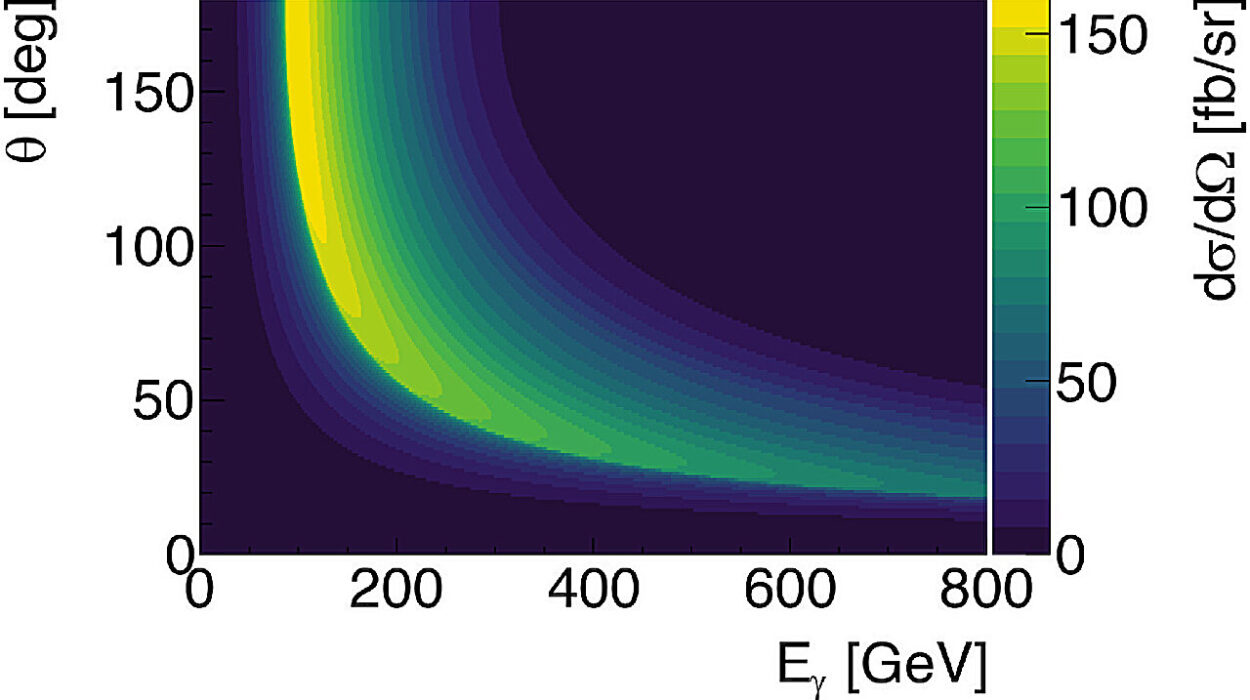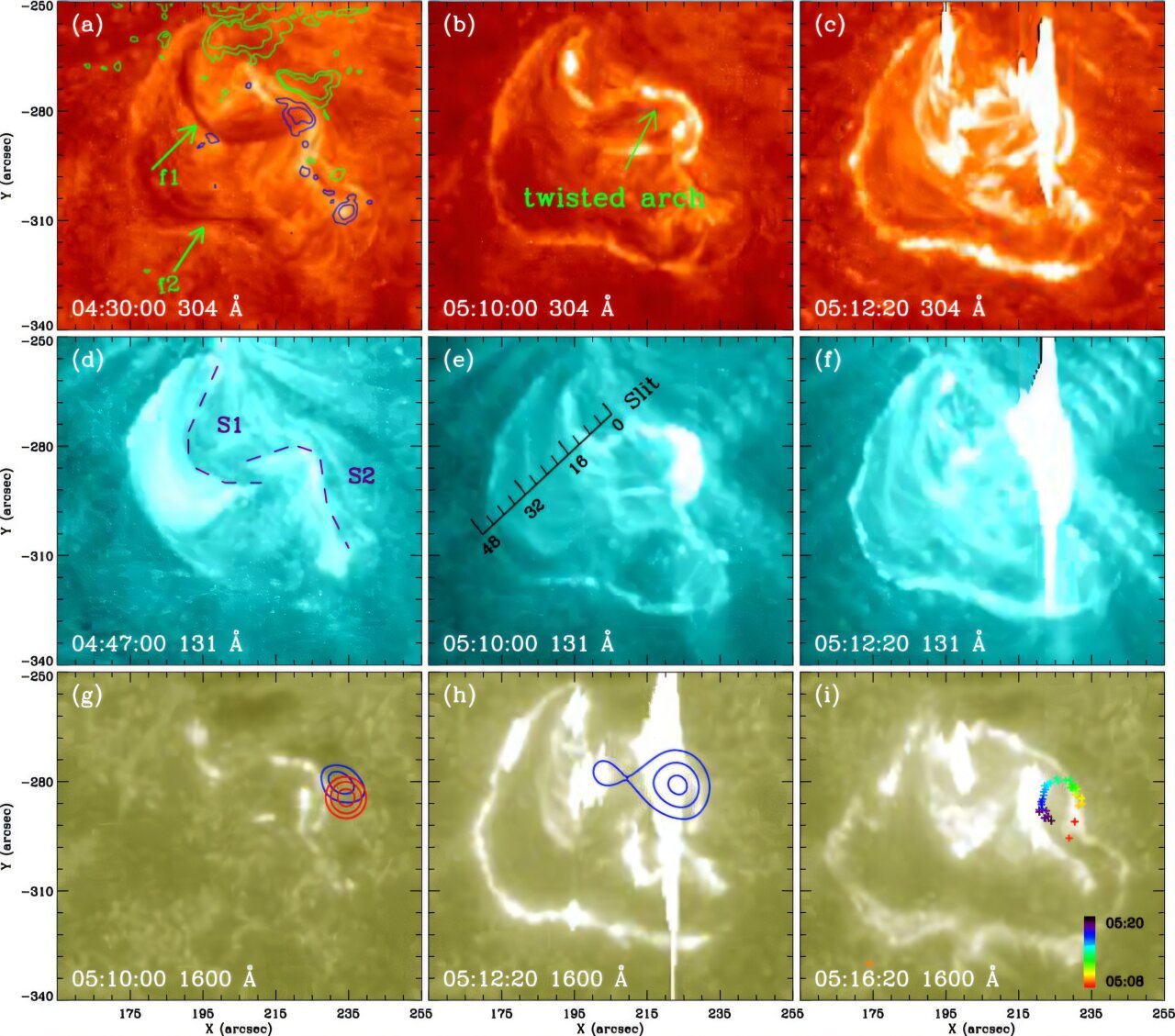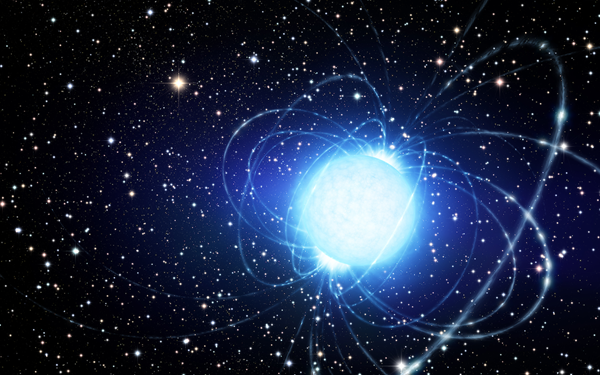Under the silent stars, the far side of the Moon lies in perpetual radio darkness—a cosmic refuge untouched by the ceaseless static of human civilization. To most people, it’s a barren wilderness. But for a team of astronomers and engineers in the UK, it’s the perfect sanctuary to catch an ancient whisper echoing from the dawn of time.
Their ambitious new mission, called CosmoCube, aims to send a miniature spacecraft into lunar orbit to eavesdrop on the faintest signals ever born: radio waves from the universe’s “Dark Ages,” when everything we know—stars, galaxies, even atoms as we understand them—was only just beginning to take shape.
The Dark Ages: A Cosmic Silence Waiting to Be Broken
Long before galaxies blazed across the heavens, the cosmos was a place of quiet simplicity. In the hundreds of millions of years after the Big Bang, the universe was cloaked in darkness, filled with hydrogen gas, and almost entirely empty. No stars burned. No galaxies swirled. This was the “Dark Ages,” a period shrouded in mystery and cosmic silence.
Yet in that darkness lay secrets that could change everything we know about how the universe grew from a smooth, featureless fog into a tapestry of stars, planets, and life.
Dr. Eloy de Lera Acedo, head of Cavendish Radio Astronomy and Cosmology at the University of Cambridge, believes we’re on the cusp of finally listening in.
“It’s like trying to hear a whisper while a loud concert is playing next door,” he said this week at the Royal Astronomical Society’s National Astronomy Meeting in Durham. “These faint signals from billions of years ago are drowned out by all the noise from our electronics and the Earth’s atmosphere. We need silence. That’s why we’re going to the far side of the Moon.”
Why the Moon Holds the Key to Cosmic Secrets
If you stand on the far side of the Moon, Earth is forever hidden below the horizon. That simple fact makes it one of the quietest places in the Solar System for radio astronomy. The Moon itself acts like a giant cosmic shield, blocking out radio chatter from Earth—cell towers, television broadcasts, radar, and all the other electronic hum of modern life.
For researchers hoping to detect the faint glow of hydrogen—the first and simplest atom—in the infant universe, that silence is priceless.
Hydrogen atoms naturally emit a soft radio signal at a wavelength of 21 centimeters. As the universe expanded over billions of years, this ancient light has been stretched into longer wavelengths, shifting into low radio frequencies between 10–100 megahertz. Catching this signal could offer an unprecedented window into the physics of the early cosmos.
CosmoCube’s job is to find it.
A Cosmic Time Machine in a Shoebox
Unlike sprawling ground-based radio telescopes, CosmoCube will be tiny—a shoebox-sized satellite carrying a precision radio radiometer designed to be exquisitely sensitive. From its orbit around the Moon, it will “listen” for the ancient hydrogen signal, hunting for subtle variations that could reveal how matter gathered, cooled, and collapsed to form the first stars and galaxies.
“It’s incredible how far these radio waves have traveled, now arriving with news of the universe’s history,” said Professor David Bacon from the University of Portsmouth, a fellow researcher on the project. “The next step is to go to the quieter side of the Moon to hear that news.”
CosmoCube is supported by the UK Space Agency’s Science Bilateral Program and is the brainchild of an international consortium led from the UK. It’s being developed by researchers from the University of Cambridge, University of Portsmouth, and STFC RAL Space, in partnership with industry players such as Surrey Satellite Technology Ltd. (SSTL).
Prototype instruments are already in development and undergoing environmental testing to survive the harshness of space.
What Secrets Might CosmoCube Uncover?
Beyond the romance of eavesdropping on cosmic history, CosmoCube could help answer some of the most profound questions in modern cosmology.
One is the so-called “Hubble tension,” a puzzle that has astronomers scratching their heads. Different measurements of the universe’s expansion rate give conflicting answers—one derived from how fast the cosmos was expanding shortly after the Big Bang, the other from observations of how galaxies are receding today. Bridging this gap could change how we understand the fundamental physics of the cosmos.
Even more tantalizing is the prospect of learning about dark matter, the mysterious substance that outweighs ordinary matter five to one, yet neither emits nor absorbs light. Some theories suggest that dark matter may interact with normal matter through subtle, non-gravitational forces. A pristine signal from the Dark Ages could reveal evidence of these hidden interactions.
“The Dark Ages are like a pristine laboratory,” said Dr. de Lera Acedo. “By studying this period, we can test our ideas about dark matter, the physics of the early universe, and how the first structures formed.”
The Road to the Moon
While the vision is bold, the path to launch is already taking shape. The CosmoCube team is working on a four-to-five-year roadmap, aiming for a lunar orbit mission before the end of the decade.
If successful, the tiny spacecraft could become one of the most powerful cosmic detectives humanity has ever built, reaching back over 13 billion years to the dawn of creation.
It’s a mission driven by an age-old human instinct: the desire to know where we came from, and how a dark, empty universe blossomed into a cosmos full of stars, galaxies, and perhaps life.
In the quiet shadows beyond the Moon, CosmoCube will listen for the faintest echoes of that transformation—a fragile whisper telling the story of everything.
